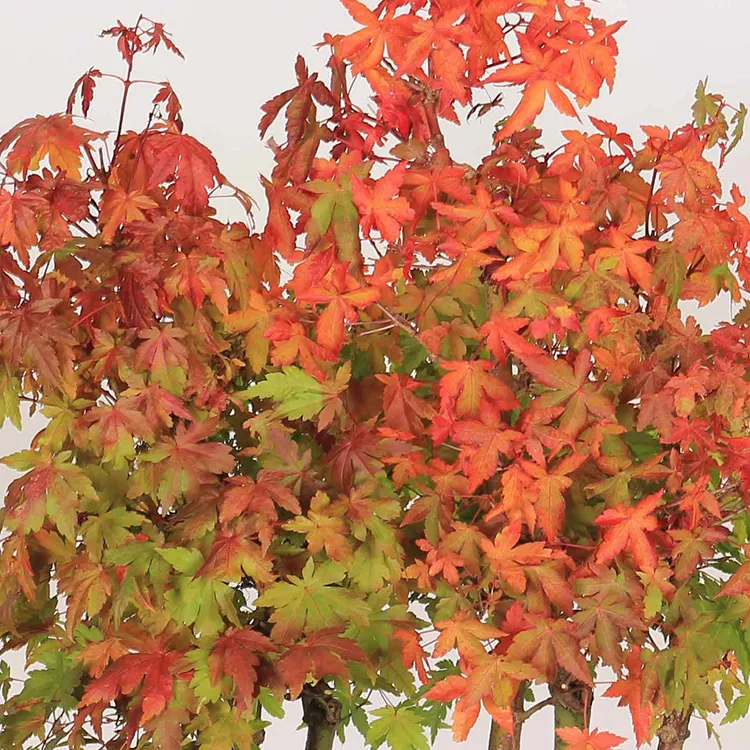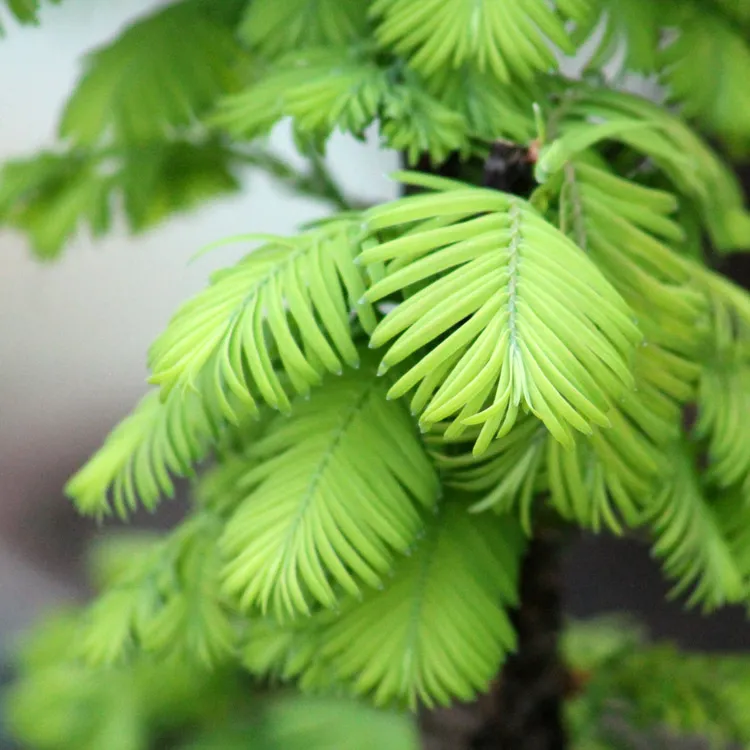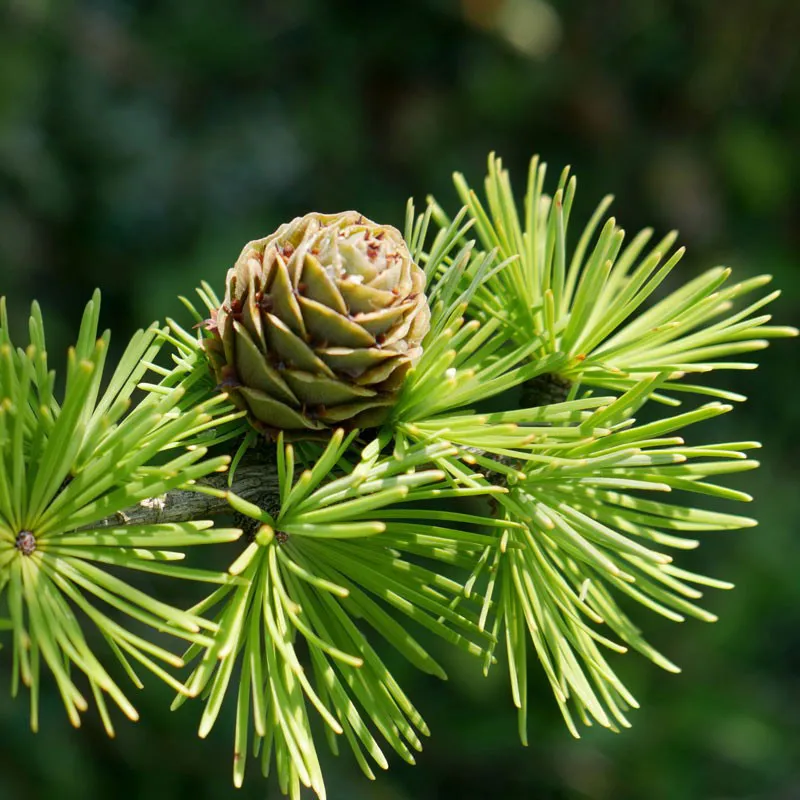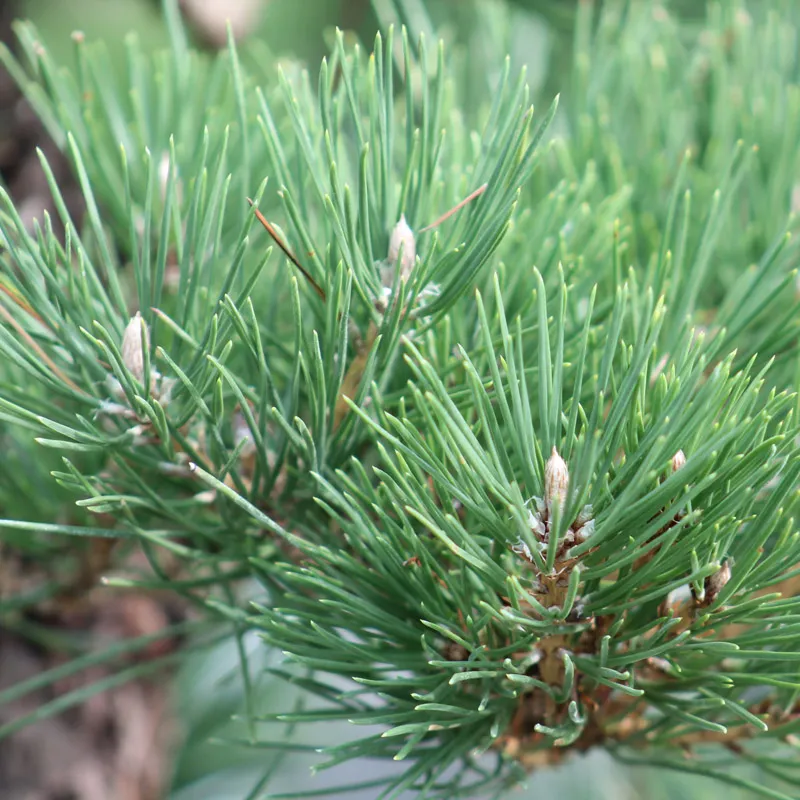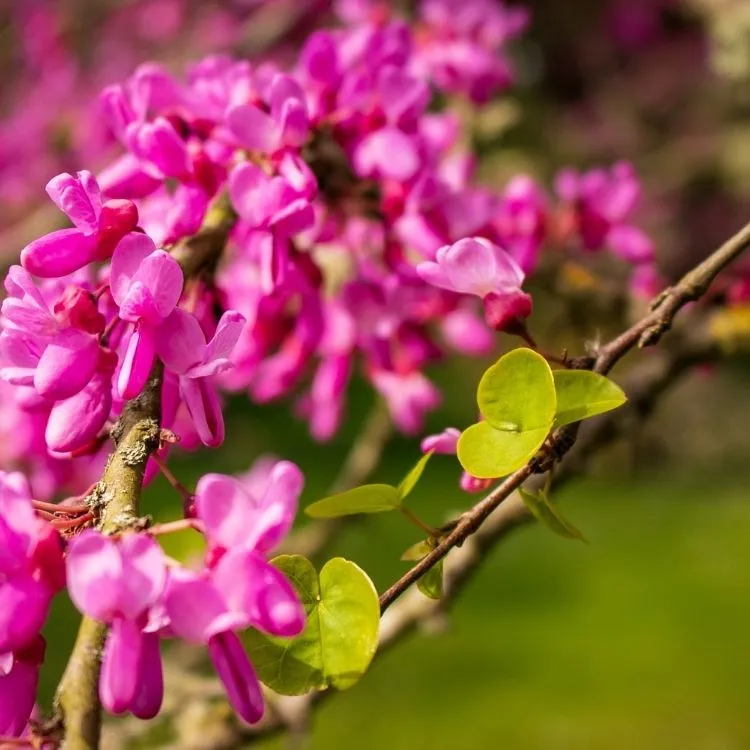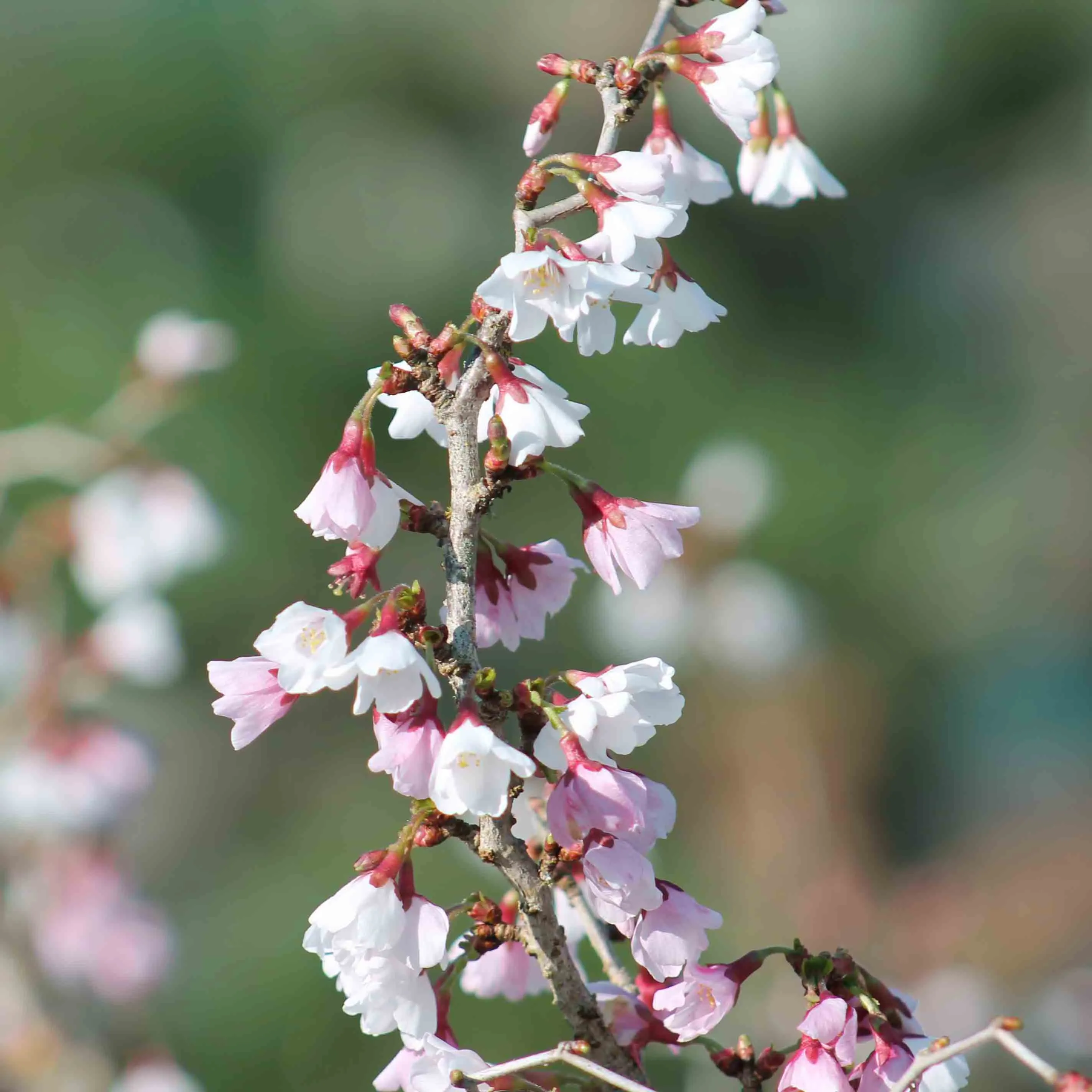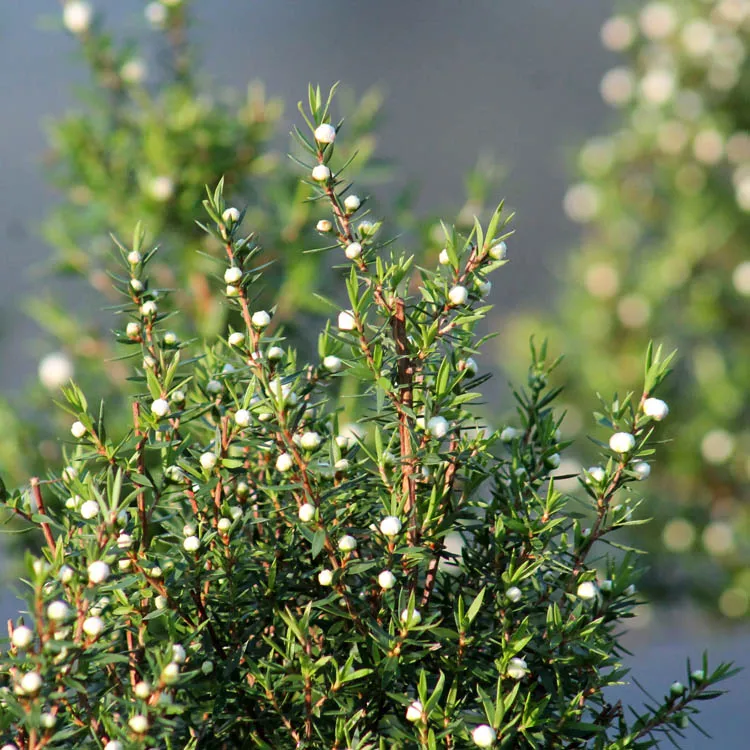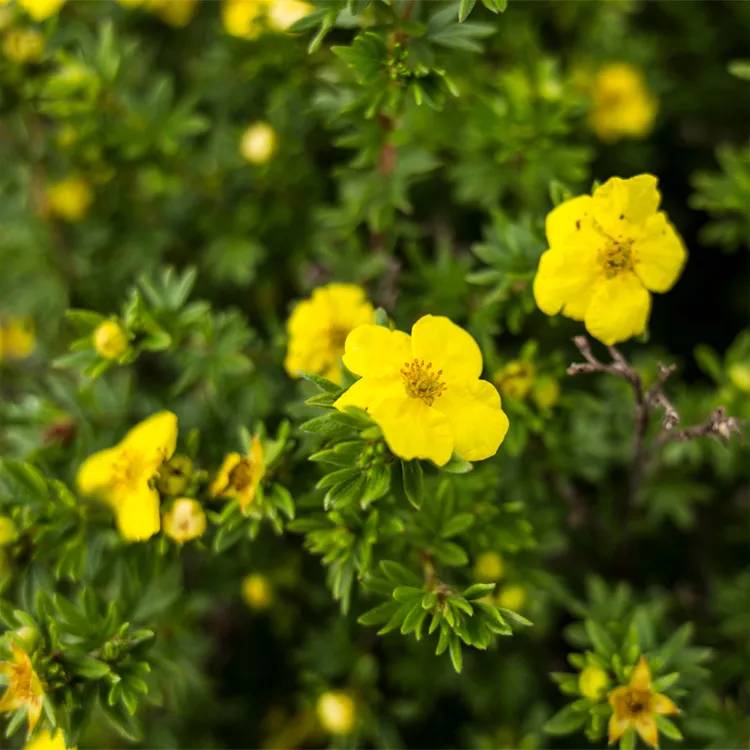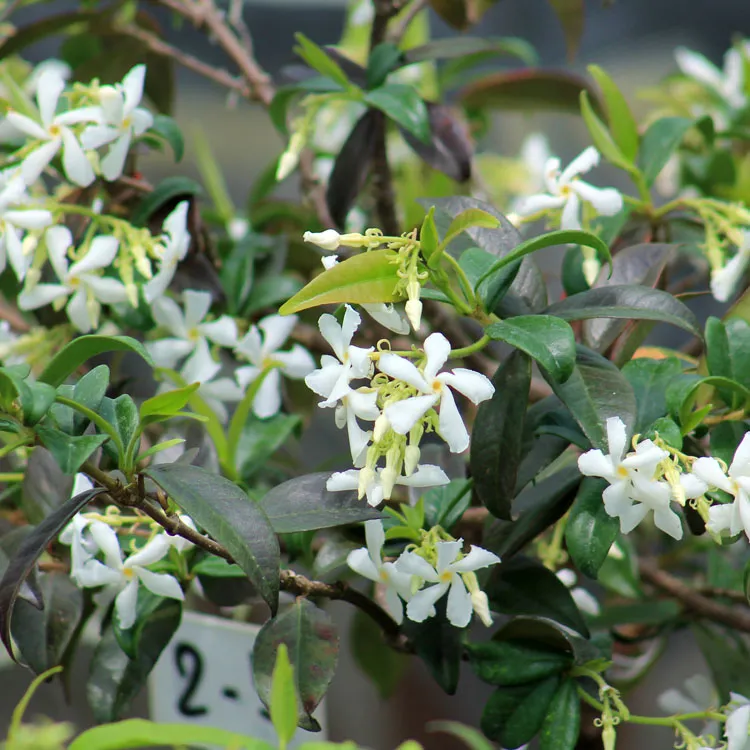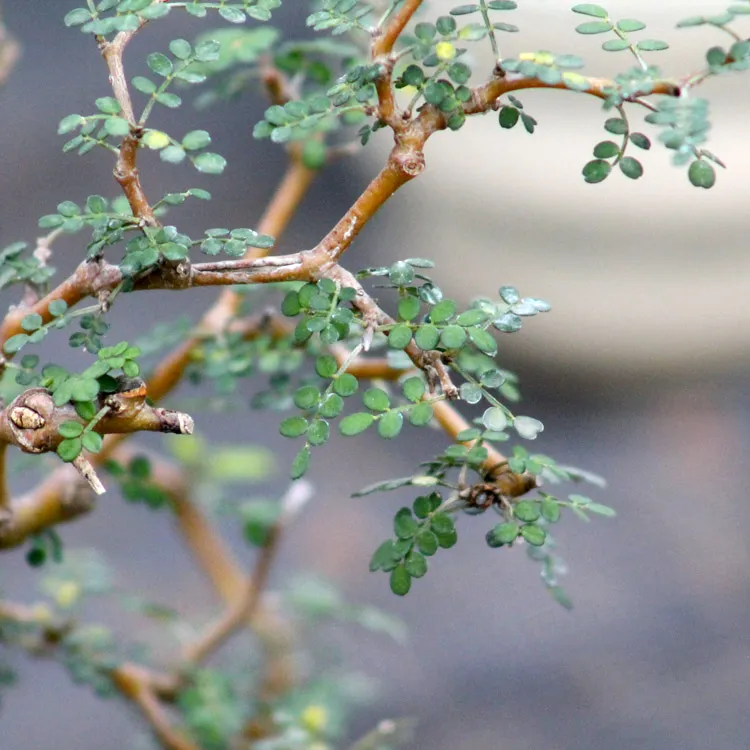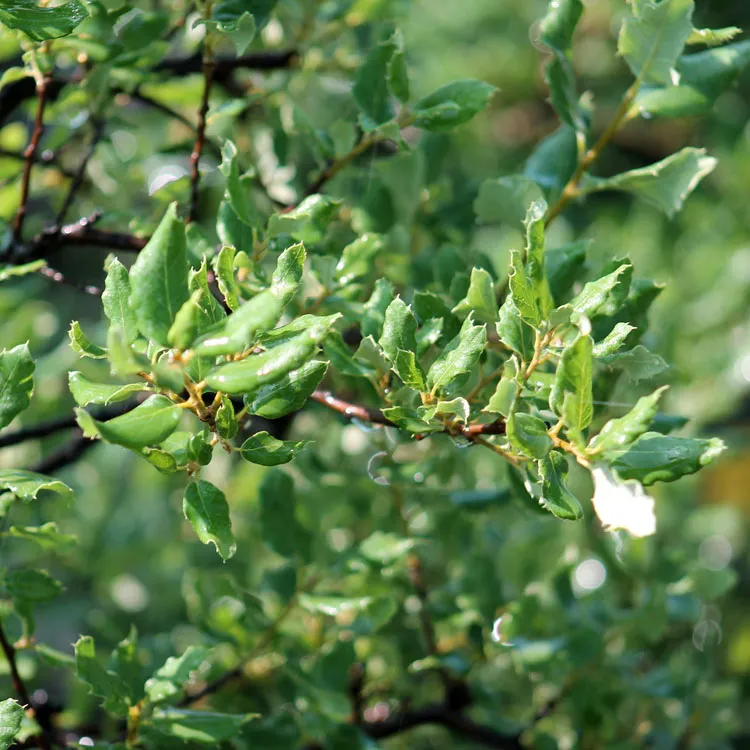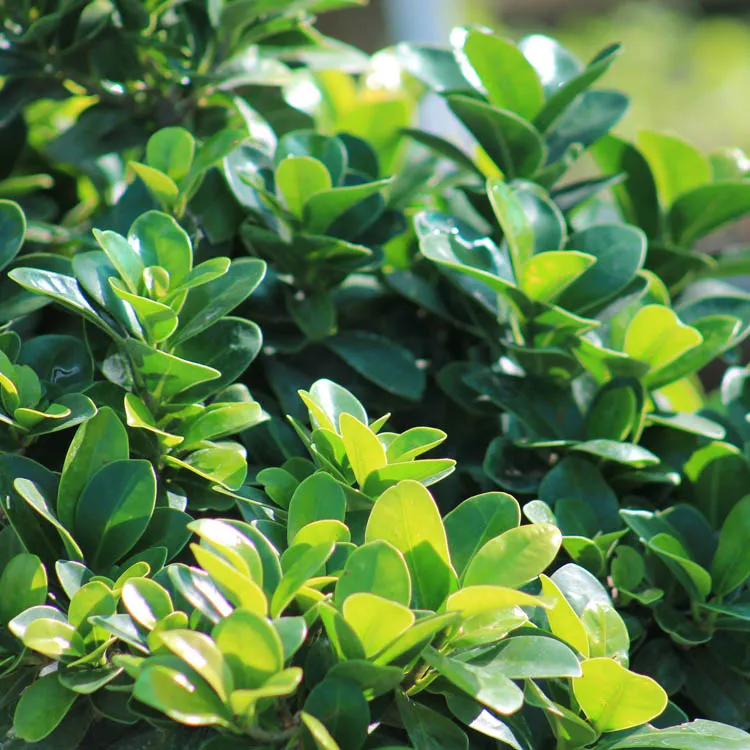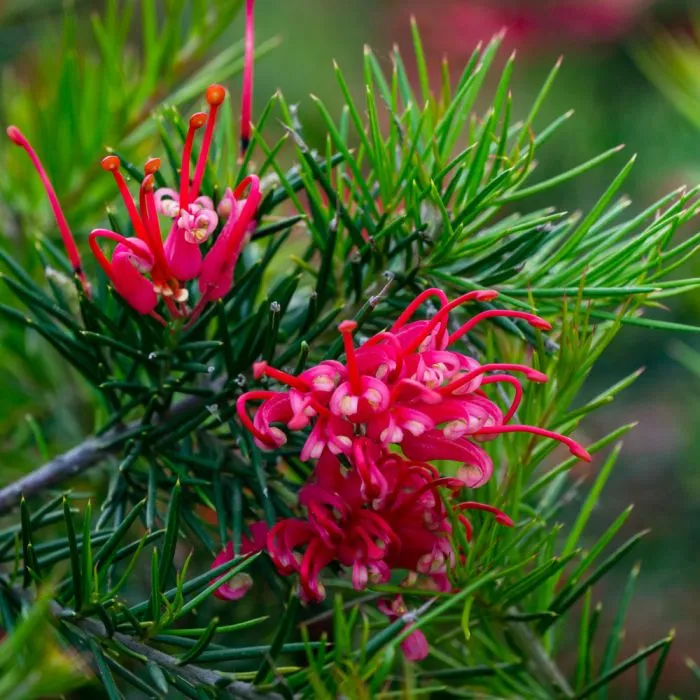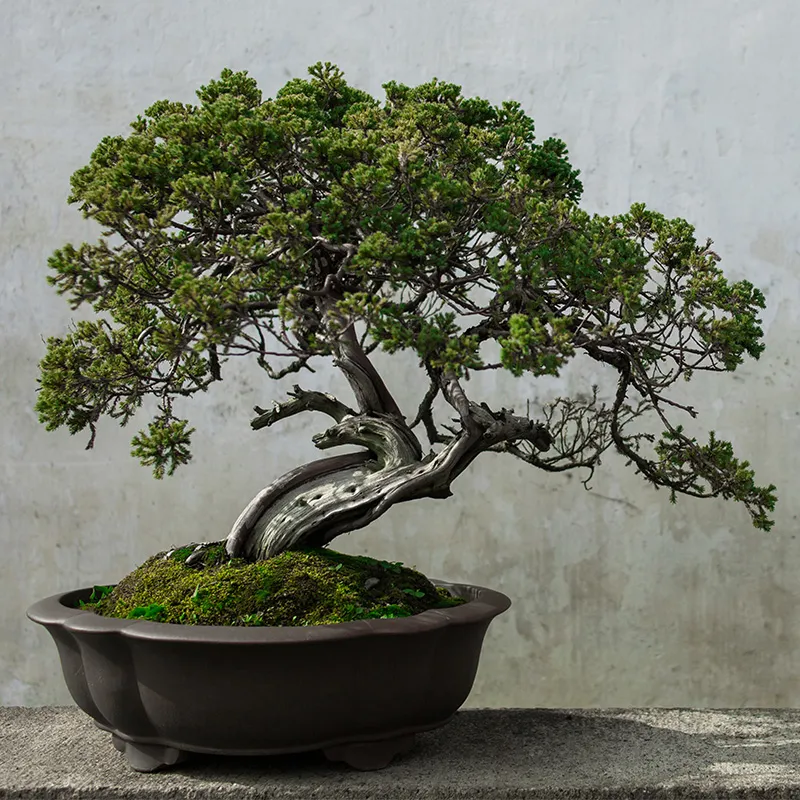We are used to seeing bonsai trees with trees that grow naturally in Asia: Palmatum maples, Chinese elms, Japanese black pines, etc. However, it is possible to make quality bonsai with our native trees, the ones that grow next to our home, and this has many advantages over imported species.
What trees can you make a bonsai with?
Theoretically, a bonsai is a potted tree; But it must be recognized that some are more suitable than others. First of all, there are trees that are more tolerant of growing in pots, that tolerate root pruning.
But there are also aesthetic considerations. Bonsai is an illusion, the illusion of an old potted tree. And for this image to be convincing, the leaves need to shrink enough to match the height of the tree.
For years, the Chinese and then the Japanese have made a selection of their species to determine which ones are best suited to create bonsai trees. And inevitably, when this art appeared in France it was tending to use the same. Especially since the market was quickly invaded by Asian productions.
However, it would be a mistake to think that we cannot use our local species. Quite the opposite.
A bonsai with local trees
One of the keys to successful bonsai farming is to provide the right environment. That is to say, temperature and humidity conditions that are favourable to the proper development of the tree. And for this, there is nothing better than using plants that grow naturally near you. Even if not all of them are suitable for training beautiful bonsai, here is a non-exhaustive list:
- Charm : it is one of the hardiest species and very common in our countryside. The leaves are easily reduced and in the fall they turn a bright yellow color
- Beech : an emblematic tree of the low mountains but also of the countryside. We appreciate its grey and smooth bark. If the leaves do not shrink sharply, it is still a variety that lends itself wonderfully well to the creation of forests
- Linden tree : it is vigorous and develops a massive trunk. Its rapid growth allows it to be pruned several times a year and therefore densified quickly. It is preferred in a height of more than 50cm because its leaves are still a bit large for shohins
- Oak : This is a tree that is clearly underrepresented in bonsai even though it has so many qualities, including beautiful bark. For those who think it's impossible to make bonsai out of them, check out the ones we've put online! This king of the forest is a robust tree that gives an image of power
- Hackberry : another species that allows you to obtain massive trunks with a beautiful taper. Its smooth bark takes on beautiful "green-grey" hues and its leaves reduce quite well. An easy tree to grow and very rewarding.
- Apple: Ornamental varieties such as 'Malus Everest' or 'Malus Coccinella' are preferred to the wild variety. With their beautiful blooms, they are also called poor man's azaleas. In spring, the apple tree is covered with flowers and you will gradually see small apples appear. One of the most rewarding bonsai, easy to grow and with aesthetic changes throughout the year.
- Lagestroemia : uncommon in bonsai, it has a smooth bark that flakes, beautiful blooms and autumn colors ranging from copper to red.
- Cotoneaster : often used in rock gardens, it is a tree remarkable for its small leaves, which can be used to form mini bonsai trees. Often mistakenly considered a beginner's tree (because it takes a lot of mistakes), its formatting possibilities are almost infinite, which allows more experienced bonsaikas to give free rein to their creativity.
- Cinquefoil : a small tree remarkable for its abundant flowering. It lends itself particularly well to the creation of shohins because its growth is not very rapid.
- Pyracantha : very popular for its white flowers and clusters of small fruits in autumn. It is very easy to maintain
- Tamarisk tree: a Mediterranean tree that most often grows by the beach and is often formed in a weeping style. It has a slightly different aesthetic, which allows you to bring a bit of diversity to a collection.
There are many more, the list is almost endless. So don't underestimate local species for your bonsai; This is often the assurance of easy cultivation, the trees stay outside all year round and do not require any special protection.


 Production of French Bonsai
Production of French Bonsai


